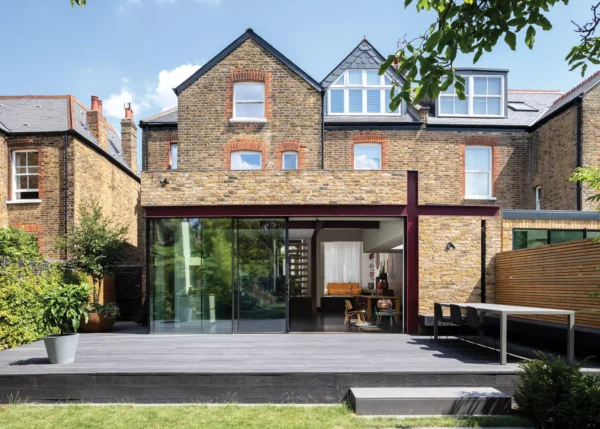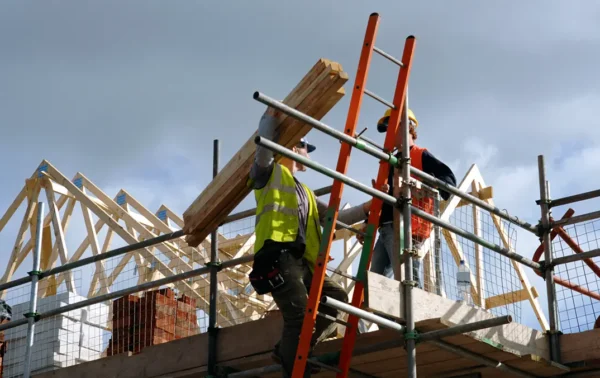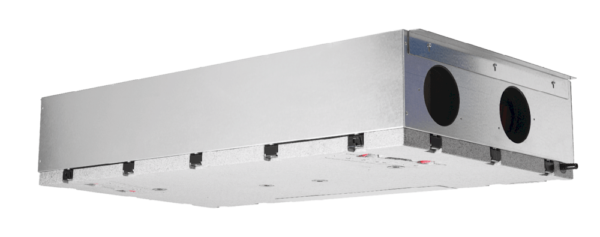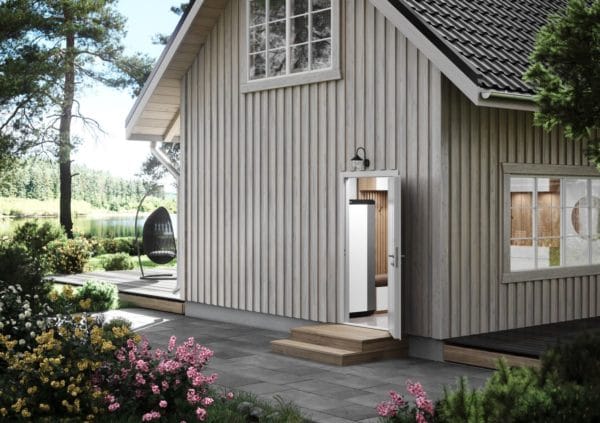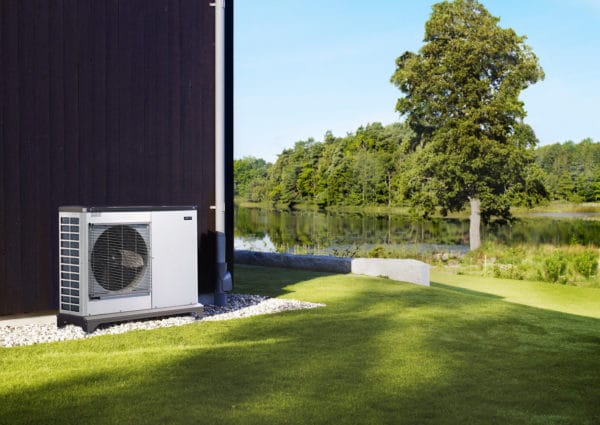For years the government has encouraged us to create more homes and to construct them to a better standard – especially when it comes to energy efficiency and sustainability. It’s a call self builders have taken to heart.
Once we’ve leapt through the hoops and obtained the land and the right permissions, the houses we build tend to be of a much higher standard than mass-market properties, which are typically designed to scrape through the regulations while maximising the developer’s potential profit.
Quite often, a person who is creating their own bespoke home goes the extra mile, specifying materials and heating systems that might be expensive to install but have a minimal environmental impact through higher performance or a low carbon footprint.
There have been numerous attempts to bring housing stock, new and old, to a higher standard. Schemes like the Feed-in Tariff (FIT) and Renewable Heat Incentive (RHI) have been successful because they’ve incentivised people to invest in green products, typically by cushioning the effects of the additional outlay required.
I recently discovered another inadvertent disincentive for self builders trying to do their bit for the environment when I received an email from Jim and Jan Mochnacz. I know Jim as he attended one of my self build courses, and he sent me a delightful note with pictures of his recently completed eco house in Somerset.
It’s a beautiful family home; a three-bed contemporary design of 151m2. It incorporates around £90,000 worth of eco-positive and energy conserving materials, which contribute to its Band A energy efficiency rating of 96/100.
What the couple weren’t expecting was that their additional expenditure on green goodies would hike up their council tax rating. Jim and Jan’s immediate neighbours have larger four-bedroom properties with garages (something the Mochnaczs don’t have) that are far less energy efficient, having been built 25 years ago.
These attract a council tax banding of D. This represents a considerable annual saving for them – for doing little to improve the efficiency of their own homes – against Jim and Jan’s recent assessment of Band F. Clearly, something is amiss.
The local authority maintains that the couple’s new build is more valuable than neighbouring dwellings, but would Jim and Jan recoup their eco investment if they sold up tomorrow? I doubt it. Also, council tax banding is assessed against property prices as they were in 1991 – a bizarre situation that’s exacerbated by the fact that the eco products Jim and Jan fitted weren’t available back then.
I would argue that the value of sustainable hardware and materials should not be taken into account for council tax assessment of new properties. As Jim says, to do so runs the risk of creating a modern-day window tax and is a definite disincentive to create energy-efficient new homes.
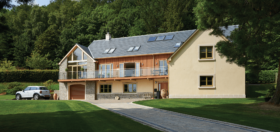
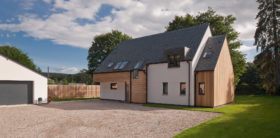





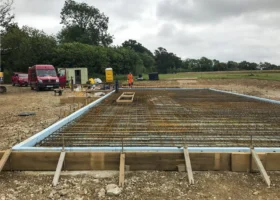



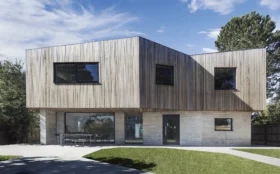



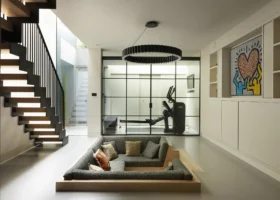
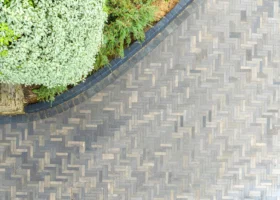



























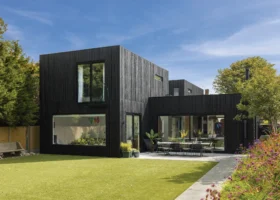


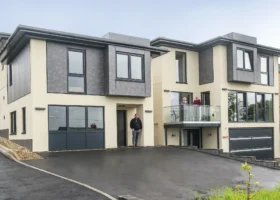












































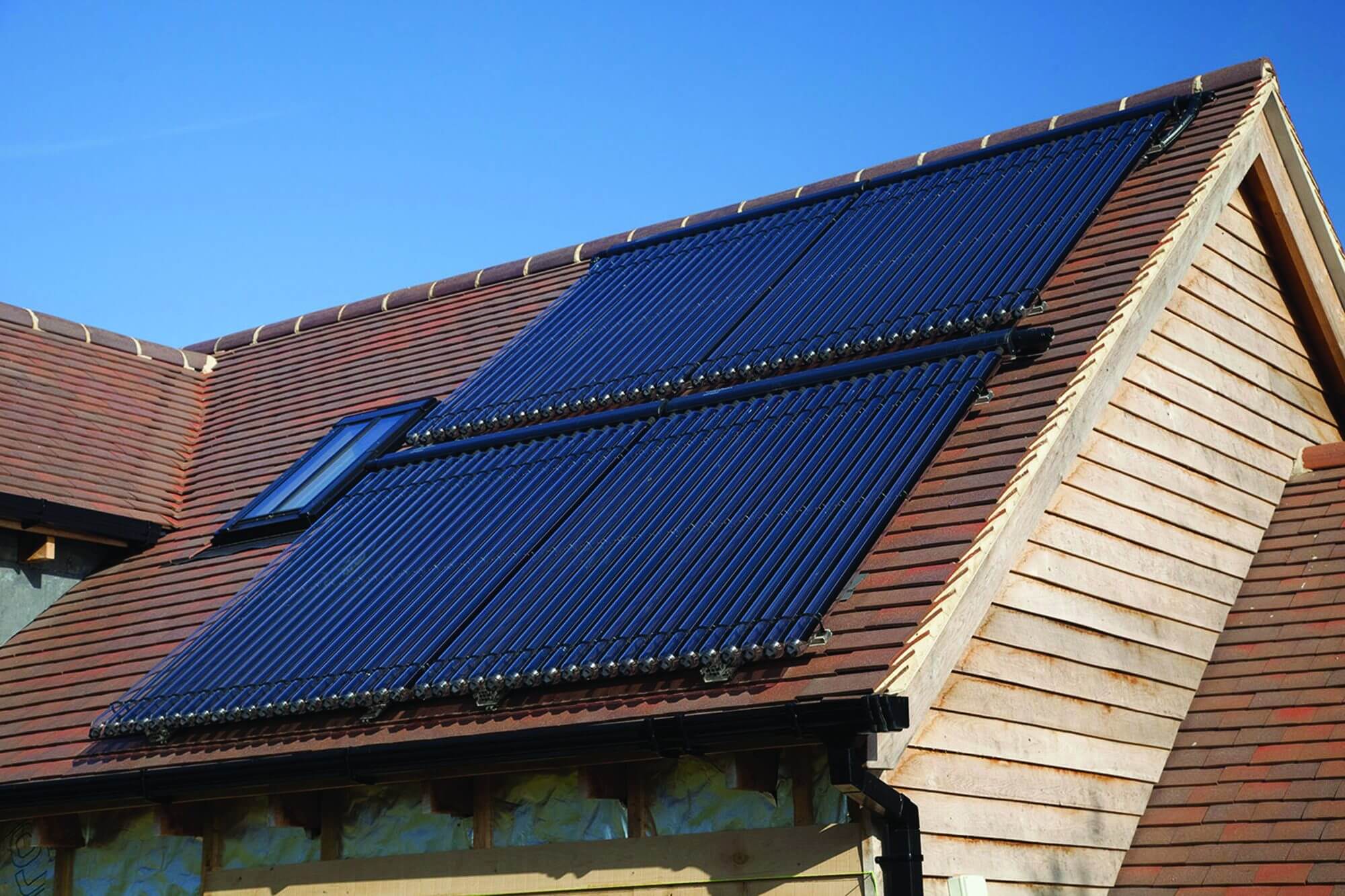
 Login/register to save Article for later
Login/register to save Article for later

